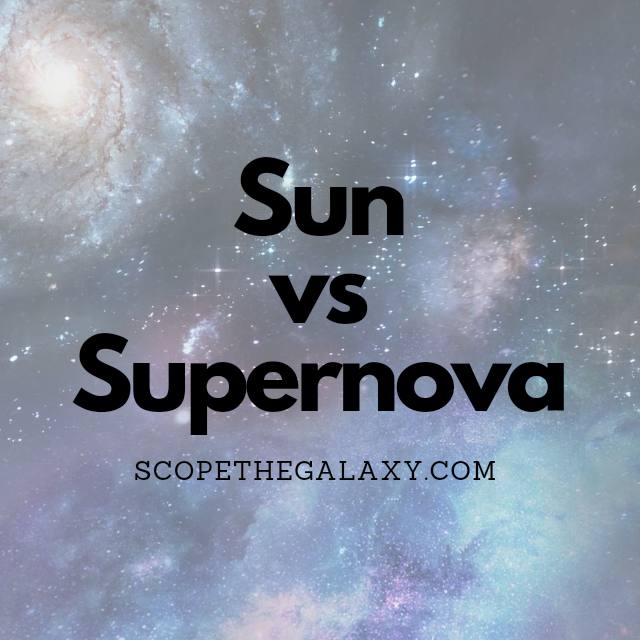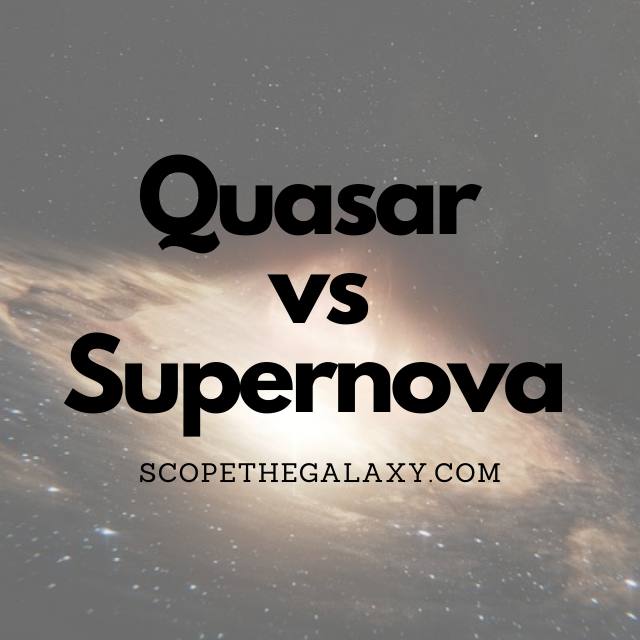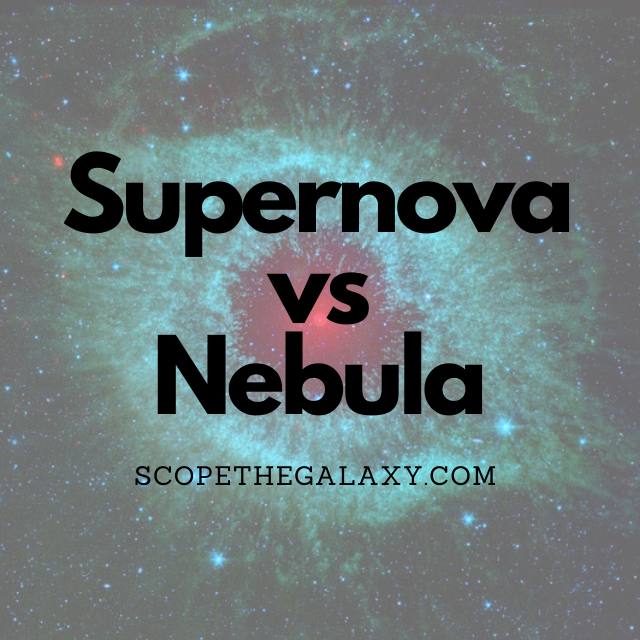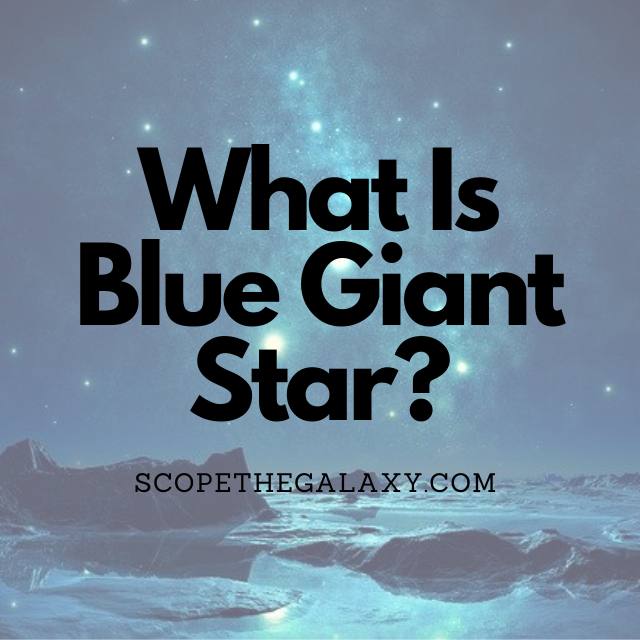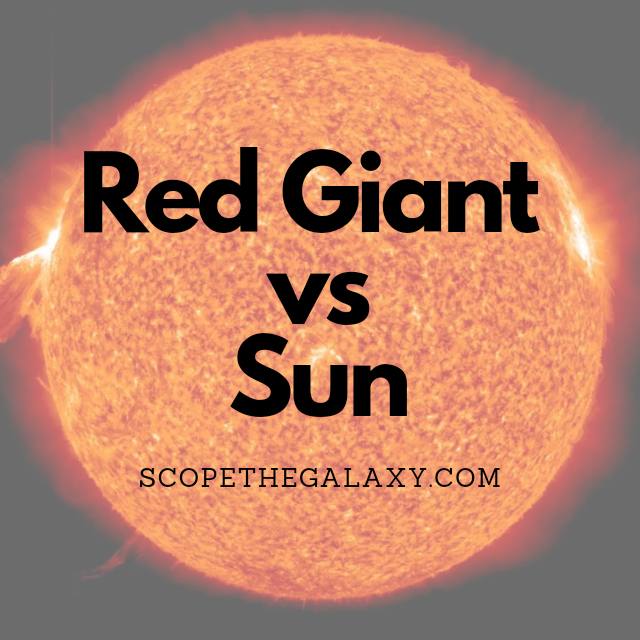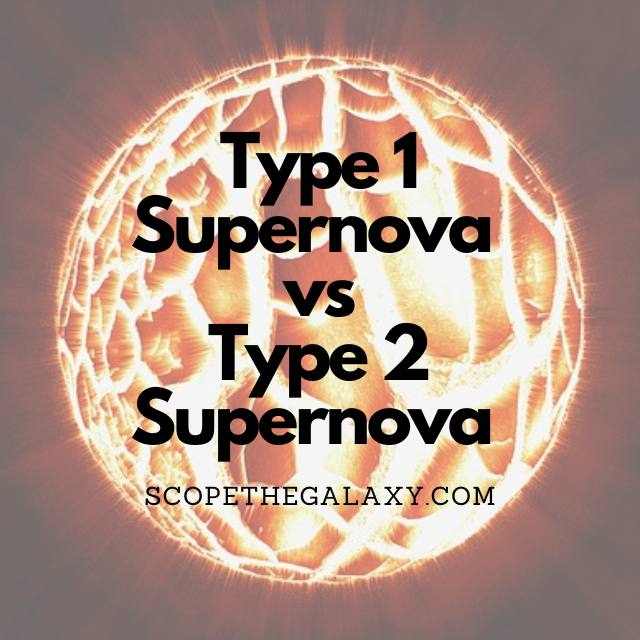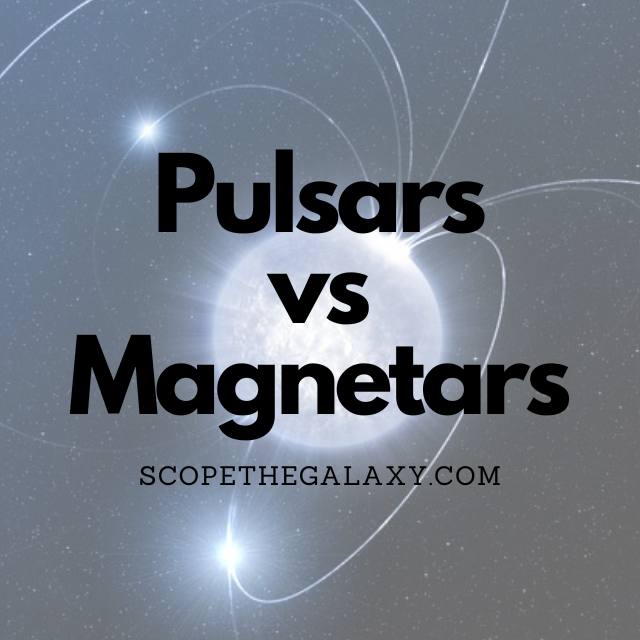Black Hole vs Black Dwarf (How Are They Different?)
The main difference between a black dwarf and black hole is that black dwarfs are theorised to be the end cycle of a white dwarf whilst black holes are the product of a large star dying in a supernova explosion forming a dense, disc like dark vacuum that allows no light to escape it and … Read more


